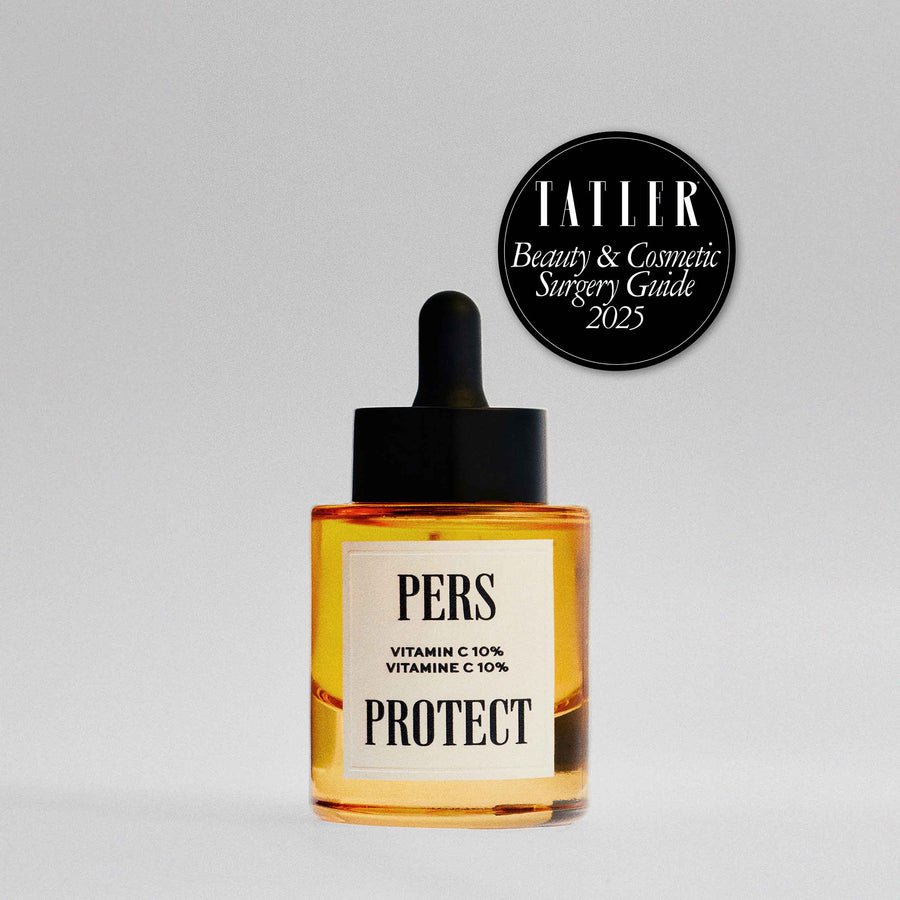Skin care and facial care routine for oily acne-prone skin
In the world of skincare, each skin type requires specific attention and products to preserve its beauty and health. Oily, acne-prone skin, in particular, requires a dedicated skincare routine to manage excess sebum and breakouts. It's a challenge many of us face on a daily basis.
The good news is that with the right skincare routine and targeted products, it's possible to keep acne under control and regain a balanced complexion. With dedicated attention, good beauty practices and the right products, it's possible to diminish these imperfections. This page will guide you through the specifics of oily acne-prone skin and how to pamper it to reveal its natural softness and radiance. 
Definition and characteristics of oily acneic skin
Oily acneic skin is characterized by excessive production of sebum, an oily substance produced by the skin's sebaceous glands. Pores are often dilated and clogged, leading to the appearance of imperfections such as pimples, blackheads and pustules. While all skin needs sebum to maintain hydration and protection, an excess of this substance can unfortunately cause skin imbalances.
Causes of acne
Acne, common in oily skin, can be influenced by a variety of factors, including hormonal changes, stress, certain medications and lifestyle habits. The use of inappropriate or overly rich products can also aggravate the problem.
The importance of a good facial care routine
Caring for oily, acne-prone skin goes beyond simply applying products. It's about putting in place a skincare routine that respects your skin's balance, while targeting imperfections. This involves using products specifically designed for your skin type, and a regular routine of cleansing, moisturizing and specific care.
Products for oily, acne-prone skin
Opting for a gentle yet effective cleanser is the first step in caring for oily skin. Cleansers specifically designed for oily, acne-prone skin contain ingredients that help regulate sebum production without drying out the skin.
The importance of toner
A toner, also known as a lotion, can balance the skin's pH, reduce the appearance of pores and prepare the skin for the next steps in the routine. Choose an alcohol-free toner rich in soothing, sebum-regulating ingredients.
The role of serum and moisturizer
Even oily skin needs moisturizing. The serum, applied after the toner, can contain active ingredients to target imperfections. Next, a light but effective moisturizing cream is essential. Look for non-comedogenic products that won't clog pores.
Complementary care: masks, exfoliants and local treatments
Once a week, use a mask or gentle exfoliant to unclog pores and remove dead skin cells. For acne flare-ups, a topical treatment based on ingredients such as tea tree oil or salicylic acid can help. 
A step-by-step skincare routine for oily acne-prone skin
The right skincare regime can transform oily, acne-prone skin into balanced, radiant skin. The key is to be consistent and adopt a routine that meets your skin's specific needs.
Morning routine
Start every morning with a gentle cleansing to remove excess sebum accumulated overnight. Use a cleanser designed specifically for oily skin, which cleanses deeply without stripping the skin of its natural moisture. Follow with a toner, which helps to tighten dilated pores and balance the skin's pH, preparing your skin to better absorb subsequent skincare products.
The next step is to apply a serum. A serum based on salicylic acid or niacinamide can regulate sebum production and reduce the appearance of imperfections. Allow the serum to absorb completely before moving on to the next step.
Finally, moisturize your skin with a light, non-comedogenic cream, which means it won't clog your pores. Even if your skin is oily, it still needs hydration to keep its skin barrier healthy. Don't forget to apply a broad-spectrum sunscreen to protect your skin from UV rays, which can aggravate acne and oily skin problems.
Evening routine
Nighttime is when your skin works hardest to repair and regenerate itself. That's why it's crucial to have an effective night-time routine.
Start with a double cleansing to remove make-up, dirt, impurities and excess sebum from the day. Use a cleansing oil first, then a water-based cleanser to ensure perfectly clean skin.
Follow with your toner to balance your skin's pH and prepare it for the absorption of your skincare products. You can also use a night serum, which may contain more powerful ingredients to fight blemishes and regulate sebum production.
Finish with a moisturizing but non-greasy night cream to nourish your skin as it regenerates while you sleep. Some nights, you may choose to use a spot treatment for pimples and breakouts, or a night mask for extra care.
Weekly care
Once or twice a week, add a gentle exfoliant to your routine to remove dead skin cells that can clog pores. You can also choose to use a purifying face mask to extract impurities and excess sebum from your pores. This extra care will help keep your skin clear and radiant.
By following this carefully crafted routine, you're giving your oily acne-prone skin the care it needs to become more balanced and healthy.
To complete your facial care routine, eat a balanced diet rich in fruits, vegetables and omega-3 fatty acids, and avoid foods that are too fatty or sweet, which can promote acne. Make sure you drink enough water to keep your skin hydrated from the inside out. Finally, try to manage your stress, which can have an impact on sebum production and the appearance of acne.
We recommend these other pages:

